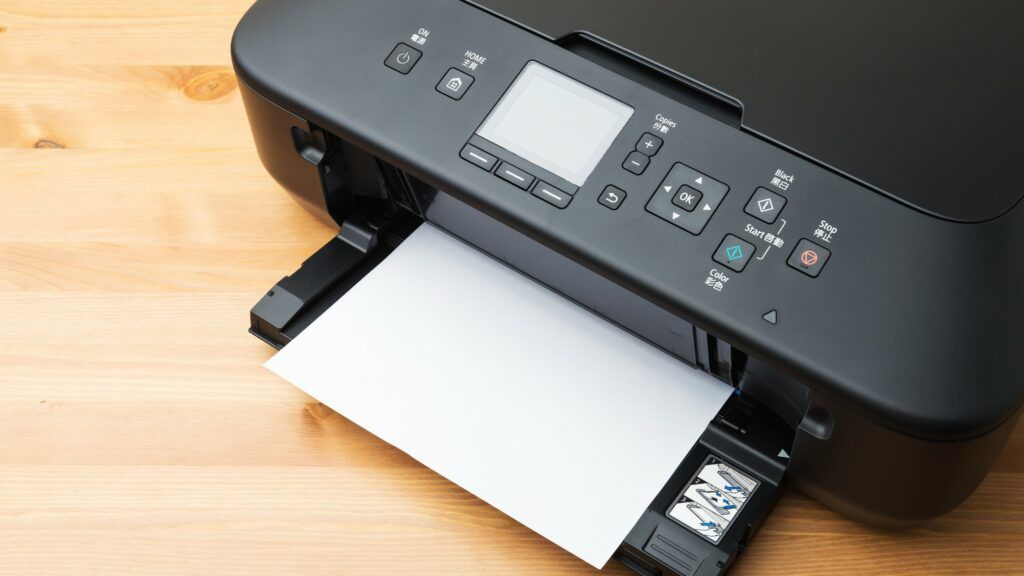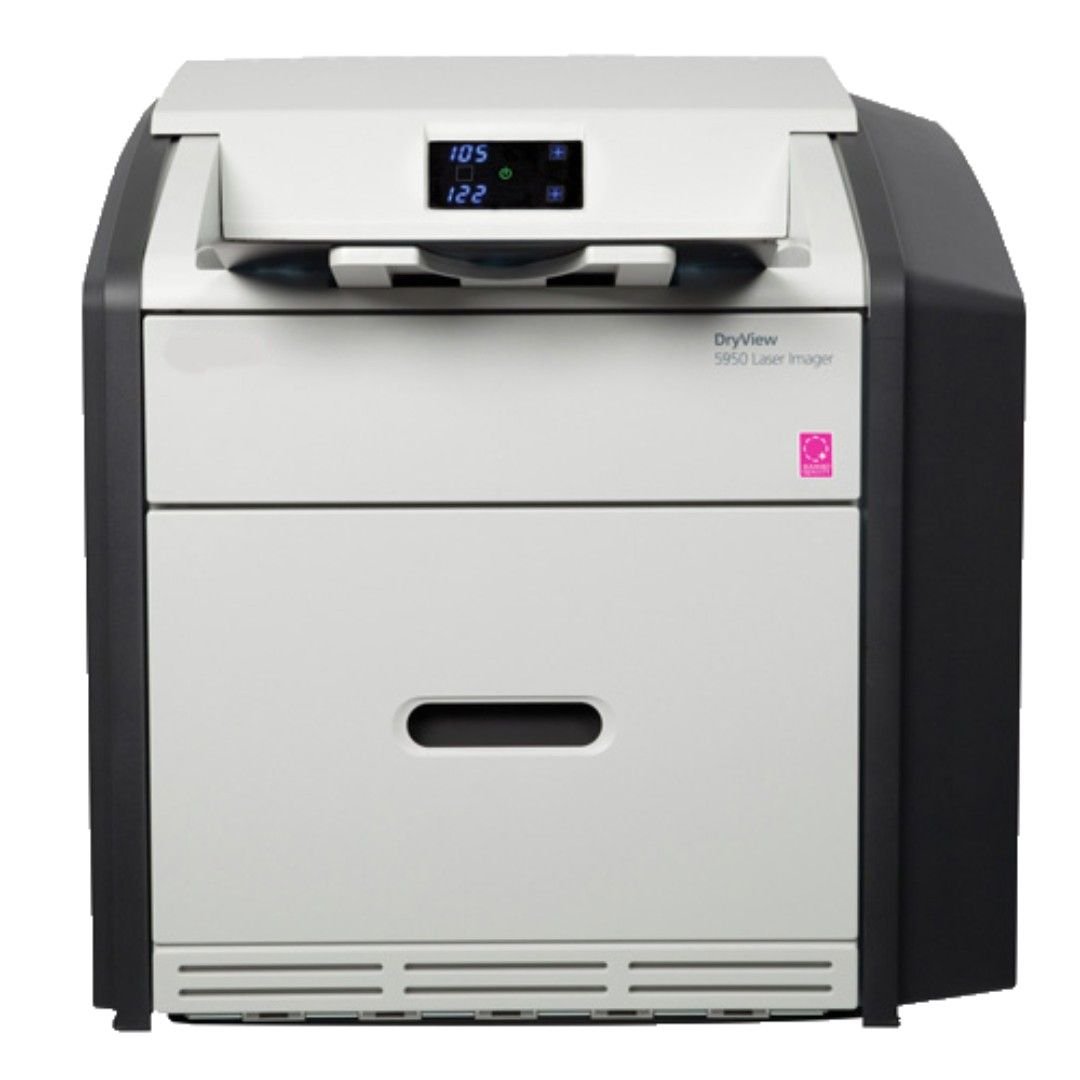Medical X-RAY Printers have become an essential component of medical imaging. They offer healthcare professionals a reliable way to quickly and accurately capture and reproduce medical images, which is crucial for accurate diagnosis and treatment. This guide provides a detailed understanding of Medical X-RAY Printers and their benefits, features, and innovations available today.
Types of Medical X-RAY Printers
There are two main types of Medical X-RAY Printers, the analog printers, and the digital printers. While analog printers are becoming less common, they are still used in some healthcare facilities. Digital printers are highly recommended as they offer a faster, more accurate, and more efficient way to capture and reproduce medical images.
Medical X-ray printers, also known as medical film printers or radiographic film printers, are essential devices used to print images obtained from X-ray examinations onto film for diagnostic purposes. Here are some common types:
- Laser Film Printers: These printers use laser technology to produce high-resolution X-ray images on film. They offer fast printing speeds and excellent image quality, making them suitable for various medical imaging applications.
- Thermal Film Printers: Thermal printers use heat to produce images on specially coated thermal film. They are known for their simplicity, reliability, and low maintenance requirements. However, the image quality may not be as high as laser printers.
- Dry Film Imagers: Unlike traditional wet film processing, dry film imagers use a dry, thermal printing process to create X-ray images on film. They are compact, produce consistent results, and eliminate the need for chemical processing, making them environmentally friendly.
- Inkjet Film Printers: Inkjet printers are becoming more common in medical imaging due to advancements in technology. These printers use ink droplets to create X-ray images on film. They offer flexibility in printing size and are suitable for small to medium-sized medical facilities.
- LED Film Printers: LED printers utilize light-emitting diodes (LEDs) to expose the X-ray film. They offer energy efficiency, consistent image quality, and fast printing speeds. LED printers are often preferred for their reliability and durability.
Each type of medical X-ray printer has its own set of advantages and limitations, and the choice depends on factors such as imaging requirements, budget, and facility preferences.
Benefits of Medical X-RAY Printers
Medical X-RAY Printers offer countless benefits, including:
- Quick and accurate reproduction of medical images
- Improved patient care through accurate diagnosis
- Cost-effective compared to traditional film-based x-rays
- Quicker results, allowing for on-the-spot diagnosis and treatment
- Eco-friendly, eliminating the need for hazardous chemical processing
Criteria to Choose the Right Medical X-RAY Printer
When choosing the right Medical X-RAY Printer, some essential features must be considered. These include high resolution and quality printing, fast printing speed, and ease of use. Compatibility with both analog and digital x-ray systems is also a vital feature to look for.
How to Use Medical X-RAY Printers
Using Medical X-RAY Printers is simple and straightforward. First, connect the printer to a computer system or portable device, then load the imaging software and select the appropriate settings for the image quality and size. Finally, place the x-ray film in the printer, and the printer will print the image within seconds.
Maintenance and Care of Medical X-RAY Printers
Regular maintenance and care ensure that Medical X-RAY Printers work efficiently and last longer. Proper cleaning, checking the printer for any faults, and replacing damaged parts are necessary maintenance steps. Proper maintenance is essential to ensure that Medical X-RAY Printers operate efficiently and provide high-quality results consistently. Here are the recommended maintenance steps for these printers:
- Cleaning: Regularly clean the printer to remove dust, debris, and any residue that may accumulate on the surfaces. Use a soft, lint-free cloth and non-abrasive cleaning solutions specifically designed for sensitive electronic equipment.
- Inspection: Conduct routine inspections to check for any signs of wear and tear, loose connections, or damaged components. Ensure that all cables, connectors, and belts are properly secured and functioning optimally.
- Calibration: Periodically calibrate the printer to ensure accurate printing and reproduction of medical images. Follow the manufacturer’s guidelines for calibration procedures or consult with a qualified technician if necessary.
- Paper and Ink Replacement: Monitor the ink and paper levels regularly and replace them as needed. Ensure that compatible and high-quality consumables are used to maintain print quality and prevent any damage to the printer components.
- Software Updates: Keep the printer’s software up to date by installing any available firmware or driver updates provided by the manufacturer. This helps optimize performance, improve compatibility, and address any known issues or vulnerabilities.
- Preventive Maintenance Schedule: Establish a preventive maintenance schedule based on the manufacturer’s recommendations. This may include periodic visits from authorized service technicians to perform in-depth inspections, cleanings, and any necessary adjustments or repairs.
- Environmental Considerations: Ensure that the printer is placed in a suitable environment with controlled temperature and humidity levels. Extreme temperature fluctuations or high humidity can affect the printer’s performance and potentially damage sensitive components.
- User Training: Train the staff responsible for operating the Medical X-RAY Printer on proper usage, maintenance, and troubleshooting techniques. This helps prevent mishandling, reduces the risk of errors, and extends the lifespan of the printer.
By following these maintenance steps, B2B medical platforms can ensure that their Medical X-RAY Printers operate optimally, provide accurate and high-quality prints, and minimize downtime due to maintenance issues.
New Innovations and Technologies in Medical X-RAY Printers
The latest innovations in Medical X-RAY Printers include wireless connectivity, eco-friendly designs, advanced printing technology, and cloud-based data storage systems. These new advancements allow for even quicker and more accurate production and reproduction of medical images, making healthcare services more effective and efficient.
The field of medical imaging is constantly evolving, and there have been several advancements in medical X-ray printers that offer improved functionality, efficiency, and image quality. Here are some of the latest advancements in medical X-ray printers:
- Digital Connectivity: One of the significant advancements is the integration of medical X-ray printers with digital imaging systems, such as PACS (Picture Archiving and Communication System) and RIS (Radiology Information System). This allows seamless transfer of digital images from X-ray machines to the printer, eliminating the need for physical films.
- Wireless Printing: Wireless connectivity capabilities have been introduced in some medical X-ray printers, enabling direct printing from mobile devices or computers. This wireless flexibility improves workflow efficiency and allows for easier image management and printing from various locations within healthcare facilities.
- High-Resolution Printing: Advancements in printing technology have led to higher resolution capabilities in medical X-ray printers. Higher resolution allows for the production of more detailed and sharper prints, enabling healthcare professionals to examine X-ray images more accurately and make more precise diagnoses.
- Faster Printing Speeds: With technological improvements, medical X-ray printers now offer faster printing speeds. This reduces the time required to obtain printed images, enabling faster diagnosis and treatment decisions.
- Energy Efficiency: Many newer medical X-ray printers are designed with energy-efficient features, reducing power consumption during printing operations. This contributes to cost savings and promotes environmental sustainability.
- Advanced Image Processing: Some medical X-ray printers incorporate advanced image processing algorithms that enhance image quality, reduce noise, and enhance contrast. These features improve the diagnostic capabilities of healthcare professionals and help detect subtle abnormalities in X-ray images.
- Cloud-Based Storage and Integration: Certain medical X-ray printers have integrated cloud-based storage capabilities, allowing for secure storage, retrieval, and sharing of digital X-ray images. This enables efficient collaboration between healthcare professionals and facilitates remote access to patient records.
These advancements in medical X-ray printer technology contribute to more efficient and accurate medical imaging workflows, improve patient care, and enhance the overall effectiveness of healthcare systems. It is crucial for B2B medical platforms to stay updated with these advancements to choose the most appropriate medical X-ray printers for their specific needs.
Leding manufacturer of Medical X-Ray Printers
Edusoft Healthcare Pvt. Ltd.
Introducing the TRIMAX 55 Laser Imager by Edusoft Healthcare Pvt. Ltd., a state-of-the-art medical imaging system designed to deliver top-quality diagnostic images with exceptional value. Engineered with advanced laser imaging technology, the TRIMAX 55 ensures precise and clear images, facilitating accurate diagnoses and treatment planning across various medical applications.
A standout feature of the TRIMAX 55 Laser Imager is its built-in mammography capabilities, enabling high film density printing in two film sizes. Equipped with mammography-specific test patterns and a comprehensive Quality Control Manual, this imager ensures reliable and accurate mammography imaging, essential for screening and diagnosis.
Experience the convenience of tabletop printing with the TRIMAX 55 Laser Imager, streamlining image printing directly at the point of care. This feature not only saves time but also enhances workflow efficiency in healthcare facilities, eliminating the need for additional printing equipment.
Conclusion
Medical X-RAY Printers provide an efficient and accurate solution for medical imaging. With different types available and the latest innovations, they can help healthcare professionals deliver better patient care and treatment. When selecting the right Medical X-RAY Printer for your B2B medical platform, consider the features, maintenance steps, and benefits outlined in this comprehensive guide.



